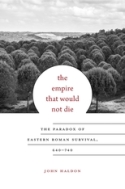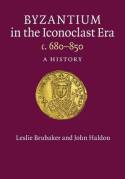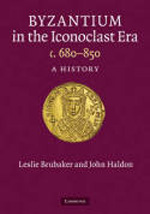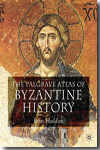The empire that would not die
the paradox of Eastern Roman survival, 640-740
- ISBN: 9780674088771
- Editorial: Harvard University Press
- Fecha de la edición: 2016
- Lugar de la edición: Cambridge (MSS). Estados Unidos de Norteamérica
- Encuadernación: Cartoné
- Medidas: 24 cm
- Nº Pág.: 370
- Idiomas: Inglés

The eastern Roman Empire was the largest state in western Eurasia in the sixth century. Only a century later, it was a fraction of its former size. Surrounded by enemies, ravaged by warfare and disease, the empire seemed destined to collapse. Yet it did not die. In this holistic analysis, John Haldon elucidates the factors that allowed the empire to survive against all odds into the eighth century. By 700 CE, three-quarters of the empire's territory had been lost to the Islamic Caliphate. But the rugged territories of Anatolia and the Aegean held strategic advantages, preventing enemies from permanently occupying imperial towns and cities while leaving them vulnerable to Roman counterattacks. The more the empire shrank, the more it became centered around Constantinople, whose ability to withstand siege after siege proved decisive. The crisis forced the imperial court, the provincial ruling classes, and the church closer together. State and church together embodied a sacralized empire that held the emperor, not the patriarch, as Christendom's symbolic head. Despite territorial losses, what remained became the heartland of a medieval Christian Roman state, with a powerful political theology that predicted the emperor would eventually establish Orthodox Christianity's world dominion.









